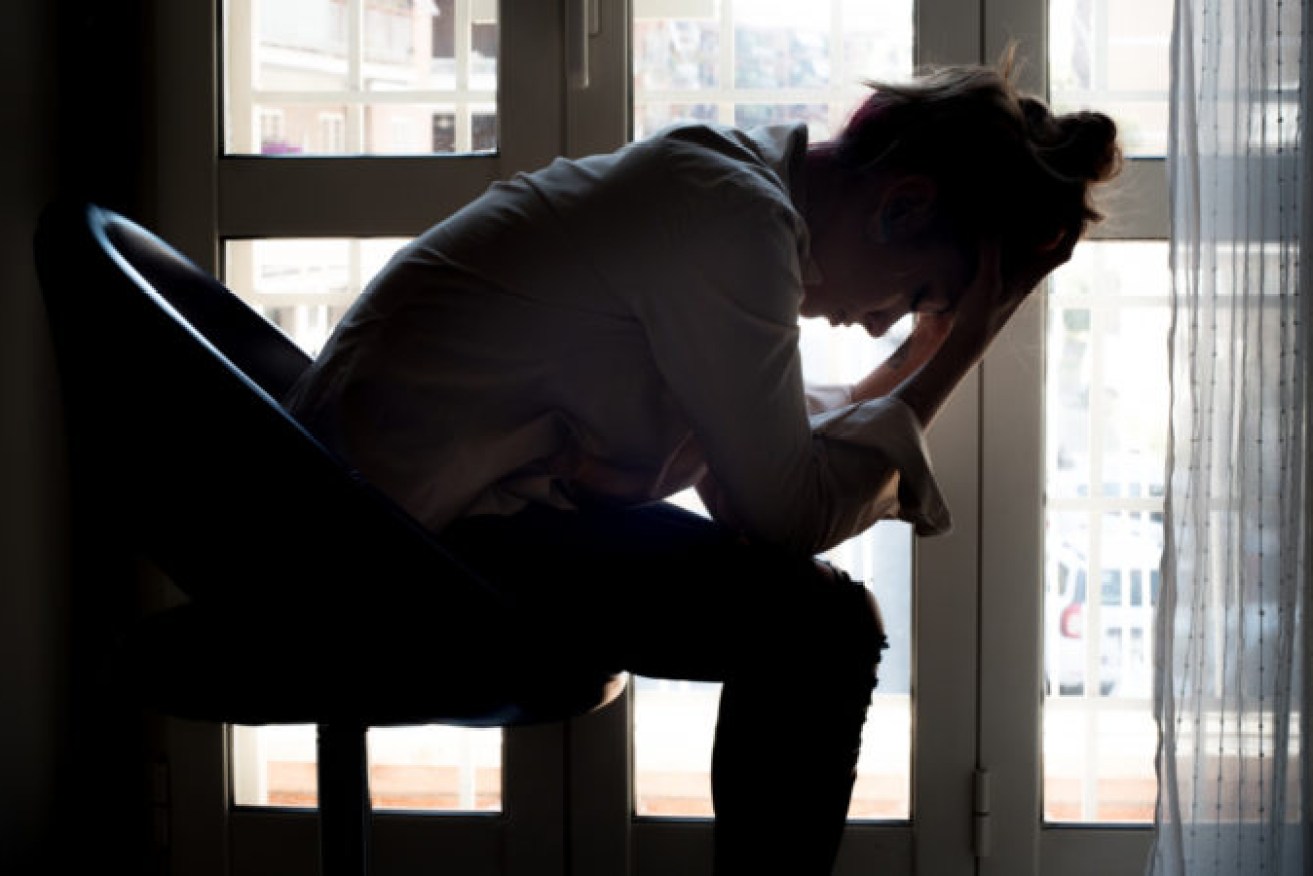PM’s COVID mental health plan slammed for being far too small to stop suicides

Australia's mental health system is broken, and the fix isn't just more money. Photo: Getty
The Federal Government’s $48 million spend on a pandemic mental health plan falls well short of what’s needed to prevent a looming mental health disaster, a leading expert says.
The Health Minister says state governments will also contribute funding
Former national mental health commissioner Ian Hickie fears Australia’s suicide rate will dramatically increase as a result of the pandemic and the economic fallout.
He said the Government package – which is focused on data collection, outreach services and communication – contained some good elements but did not go far enough.
“I think the amount of money is in fact, small,” said Professor Hickie, who is also a founding director of Headspace and was the inaugural CEO of Beyond Blue.
“It [the plan] doesn’t yet seem to reach the scale or the immediacy really required now to be ready for the really significant mental health problems that we will face over the next two years.”
Modelling produced by Professor Hickie’s Mind and Brain Centre, at the University of Sydney, suggests the COVID-19 crisis could lead to a 25 per cent jump in the suicide rate if unemployment reaches 11 per cent.
He said jobless data released yesterday – which showed almost 600,000 Australians had lost their jobs and almost the same number had lost work – suggested that could happen.
“Whole industries at the moment are gone and not operating in tourism, in hospitality, retail, across the education sector,” he said.
“Unless we attend to those issues immediately and provide the mental health care, we will have a disaster on our hands.”
Watch Professor Hickie’s interview below:
The Government’s latest package includes $7.3 million for research and real-time data and $11.3 million for communication and other outreach programs.
Almost $30 million will be spent on programs to reach vulnerable Australians, including those who are older ($19 million), culturally and linguistically diverse ($3.5 million), Indigenous ($3.5 million) and carers for people with mental illness ($3.5 million).
“That is a very small amount of money for the number of people who will require help,” Professor Hickie said.
He wants structural change.
“We need to mobilise the private sector as well as the public sector. We need to use 21st-century digital methods to guide people to the right care the first time.”
Suicides could overshadow virus deaths
Patrick McGorry, the executive director of youth mental health organisation Orygen, agreed the pandemic mental health plan would cost far more to implement than had been allocated.
He said unless serious action was taken, the deaths and damage caused by mental illness would overshadow those caused by COVID-19.
“This is a very big wall we’re trying to build and we saw a couple of bricks put in the wall today, but when is the rest of the wall going to be built?” Professor McGorry said.
“I think there’s a lot of detail in the plan about what we should do but there’s a lack of commitment at state and federal level still for implementing these very important solutions.
“A plan like this will cost many hundreds of millions of dollars and we haven’t shied away from spending money to save lives from infection, we can’t shy away from spending money to save lives from mental illness and suicide.”
Beyond Blue CEO Georgie Harman said her organisation had seen a huge increase in people seeking help.
“There has been a 60 per cent increase in contact from this time last year,” she said.
“We’ve had over 200,000 engagements with our digital site, nearly half a million views and engagement with our online peer-to-peer support and thousands of counselling calls as well.”
She said the plan demonstrated that all governments could work together to improve mental health services.
“People don’t care who funds what, or who delivers it. If they need a service, they just want it to work for them,” she said.
The Government said the $48 million package built on about $500 million for mental health announced since late January, including cash for suicide prevention, preventative services and telehealth consultations.
Health Minister Greg Hunt said state governments would also invest in the plan.
“Victoria has already announced, I believe, $19.5 million, and other states will make their contributions,” he said.
Mr Hunt said recent suicide data from Queensland, Victoria and Tasmania was heartening because there had been no known increase in suicide rates in those three states.
“We watch very carefully, however, because these things can build up, they can brew, people can dwell,” he said.
Professor Hickie said those figures were probably too early to be meaningful.
“You cannot look backwards,” he said. “That’d be like in February looking backwards to see COVID-related deaths.”
He said fewer than half of Australians who needed mental health care were currently receiving it.
“We know already that the system is really struggling in the face of this surge, this threat,” Professor Hickie said.
“We now need rapid and effective national action.”








